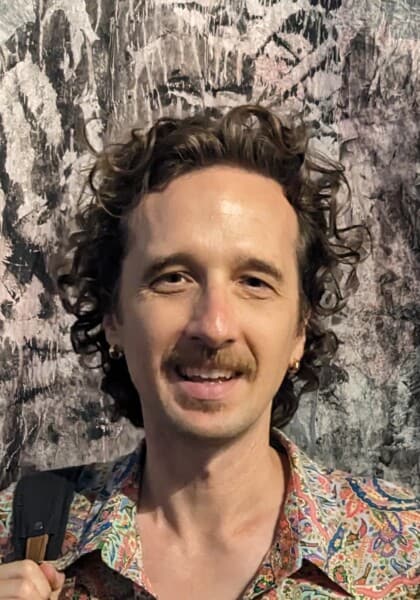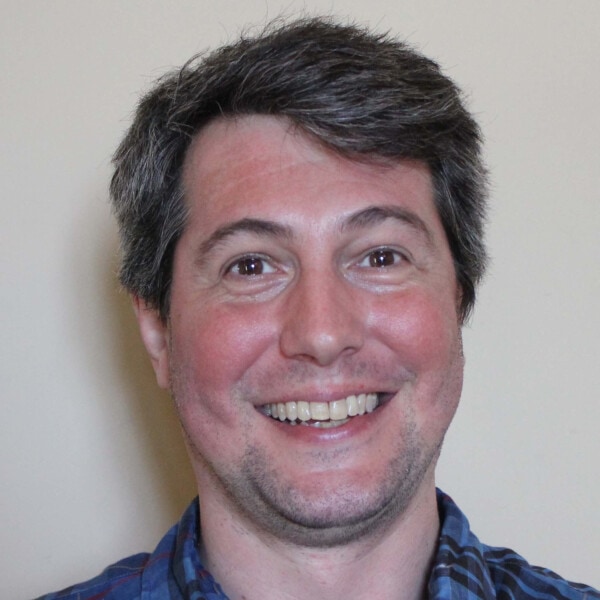PSI Personnel
Non PSI Personnel: Hiroki Sone (Co-Investigator, University of Wisconsin-Madison), Lucas Zoet (Co-Investigator, University of Wisconsin-Madison), Heather Savage (Co-Investigator, University Of California, Santa Cruz)
Project Description
This proposal is focused on understanding where shallow moonquakes (SMQs) occur in the lunar crust and if they are triggered by tidal stresses. From 1969 to 1977 the Apollo lunar seismometer network detected over 13000 individual seismic events. The largest events in the catalog are 28 shallow moonquakes, that are responsible for a large majority of the Moon’s seismic moment release. There are indications that the timing of SMQs are correlated with the Moon’s orbital position, although the physical nature of such a relationship remains unclear. It is also not clear where the SMQ sources are located; seismological estimates of the depths of individual events range from 200 km to the Moon’s surface. Some of the SMQs may have caused significant and prolonged ground shaking. Plans for increased human presence on the Moon mean that at some point, people and structures will experience one of these events. Understanding basic aspects of SMQs and appropriately dealing with this potential hazard requires a quantitative investigation of fault motion in the lunar crust.
In this proposal we describe a program of friction experiments combined with simulations of fault motion designed to answer two major questions about shallow moonquake behavior: (1) At what depths in the crust are SMQs occurring?; and (2) In what ways are the timing of SMQs related to the Moon’s orbital position and resulting tidal stresses? Understanding the fault motions that generate SMQs will allow us to answer these questions. For seismic activity to occur on a fault, the accumulation of driving stresses on the fault must outpace stress relaxation by frictional processes. Thus, to understand SMQ behavior we must understand how driving stresses accumulate in the lunar crust, and determine the crust’s frictional properties. This proposal is organized into three tasks that will provide information on these processes. Task 1: Characterize the frictional properties of the lunar crust via experiments on analogue materials. Task 2: Perform a general analysis of the driving stresses in the lunar crust. Task 3: Conduct 2D simulations of moonquake ruptures.
The work in this proposal will make a significant contribution to knowledge of seismic activity in the Moon’s crust. The proposed work is relevant to the Solar System Workings (SSW) program because it will increase our knowledge of the Moon’s lithosphere and help to understand the processes and inputs that cause tectonic activity to start or stop. Our experimental program will determine the frictional properties of lunar crustal rocks under in situ conditions. These properties are currently unknown, but will provide constraints on the temperatures and depths in the lunar crust where seismic events can nucleate. Our numerical modeling program will provide a means for determining if and why correlations exist between SMQs and tidal stresses. Identifying any possible relationships between SMQs and tidal stresses is scientifically important because if the two are correlated it means the SMQ source faults are closely stressed to their failure point and the tidal stresses are sufficient to initiate these events. This would provide information about the state of stress on the source faults as well as a means of identifying times when SMQs are likely to occur, which could aid in mitigation of potential seismic hazards. Some of the techniques and concepts described in this proposal have never been applied to fault systems on bodies other than Earth. However, our program of research embodies many general fault mechanics principals that are not restricted to Earth in any fundamental way, and have led to numerous breakthroughs in our understanding of fault motion and seismicity.


